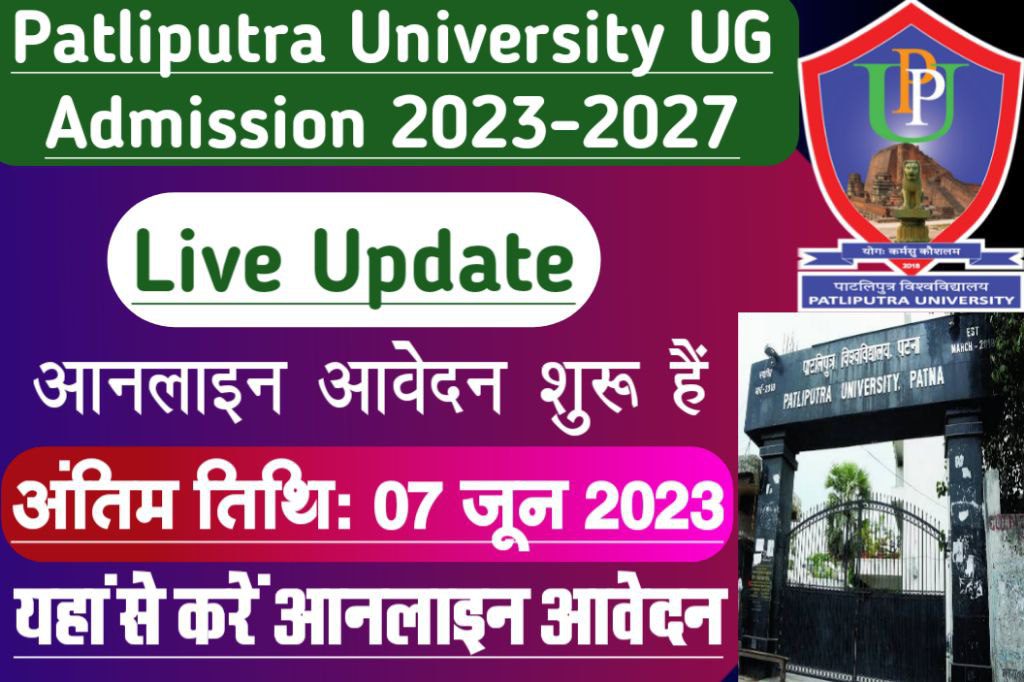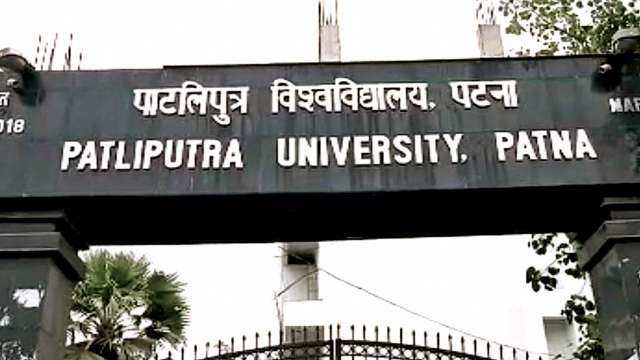Colleges Under Patliputra University

The academic landscape under Patliputra University (PPU) is facing a multifaceted crisis, threatening the quality of education for thousands of students. From infrastructural deficits to faculty shortages and delayed examinations, the challenges are widespread, impacting both students and educators alike.
At the heart of the matter lies a complex web of issues: inadequate funding, bureaucratic hurdles, and a rapidly expanding student population straining limited resources. This article delves into the specific problems plaguing PPU-affiliated colleges, exploring the underlying causes and potential pathways toward sustainable improvement.
Infrastructural Deficiencies and Resource Constraints
One of the most pressing concerns is the dire state of infrastructure in many colleges affiliated with PPU. Overcrowded classrooms, dilapidated buildings, and a lack of basic amenities like functional libraries and laboratories are commonplace.
Many colleges struggle to provide a conducive learning environment. Funding constraints severely limit their ability to address these urgent needs.
A Closer Look at Specific Colleges
For example, AN College, despite being one of the oldest and largest colleges, grapples with outdated laboratory equipment and an insufficient number of classrooms to accommodate the growing student body. Similar situations are reported in other constituent colleges such as JD Women's College and Ganga Devi Mahila Mahavidyalaya.
These colleges are consistently trying to overcome these challenges. However, the lack of sufficient funds is proving to be a significant impediment.
Faculty Shortages and Quality of Teaching
Equally alarming is the shortage of qualified faculty across various departments. This shortage impacts the quality of teaching and creates an increased workload for existing professors.
Many colleges are forced to rely on guest lecturers and part-time teachers to fill the gaps. This is unsustainable in the long term.
The Impact on Academic Standards
The shortage of permanent faculty and the reliance on temporary staff directly affects the consistency and depth of instruction. Students often express concerns about the availability of professors for consultations and guidance, especially for research-oriented activities.
This situation undermines the overall academic experience and ultimately affects the students' learning outcome. Many students are not getting the attention needed in the colleges.
Examination Delays and Academic Calendar Disruptions
Perhaps one of the most frustrating issues for students is the persistent delays in examinations and the disruption of the academic calendar. These delays create uncertainty and anxiety among students, affecting their future career prospects.
The delays are attributed to logistical challenges, administrative bottlenecks, and a lack of coordination between the university and affiliated colleges. The students are being directly affected by this.
Student Perspectives and Protests
Students have voiced their concerns through various protests and demonstrations, demanding timely examinations and the prompt declaration of results. These protests often highlight the systemic issues plaguing the university and its affiliated colleges.
The university administration faces the challenge of addressing these grievances while navigating the complexities of managing a vast network of institutions. Some student bodies have even threatened to launch indefinite strikes if their demands are not met.
Potential Solutions and the Path Forward
Addressing the challenges requires a multi-pronged approach involving increased funding, improved governance, and a greater focus on quality assurance. Securing increased financial assistance from the state government is vital to address the infrastructural deficits and faculty shortages.
Streamlining administrative processes and fostering better communication between the university and its affiliated colleges can also help alleviate some of the logistical bottlenecks. Encouraging collaboration with other institutions and fostering a culture of innovation can enhance the quality of education.
The Role of the University Administration
The university administration plays a crucial role in implementing these solutions and driving positive change. This will require visionary leadership, strategic planning, and a commitment to transparency and accountability.
Investing in technology and promoting digital learning initiatives can also help bridge the gap and improve the accessibility of education.
The future of higher education under Patliputra University hinges on the concerted efforts of all stakeholders. Students, faculty, administrators, and policymakers must work together to create a more vibrant and sustainable academic environment. The current crisis presents an opportunity for transformative change, but only if the challenges are addressed with urgency and determination.

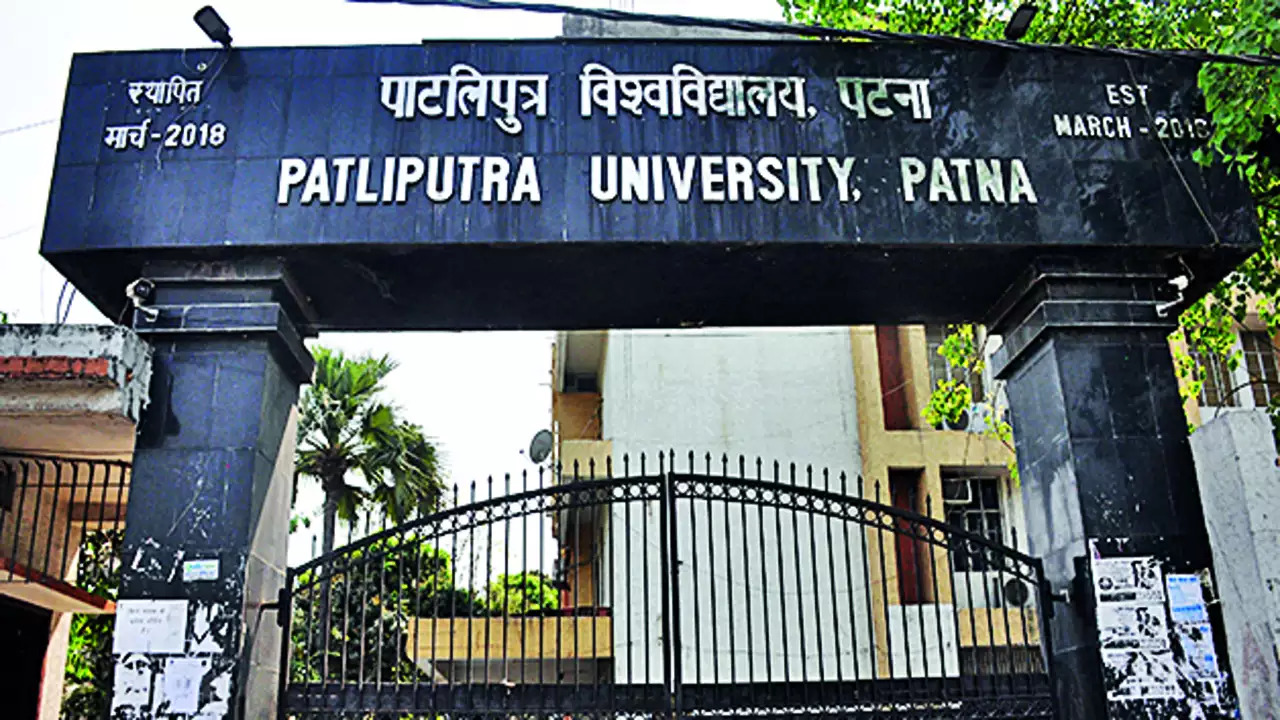

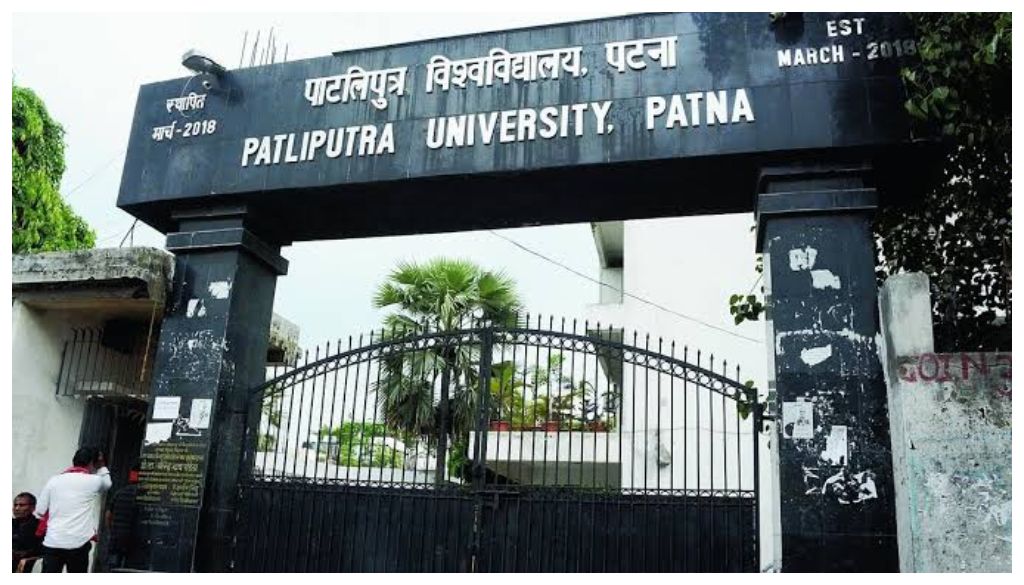









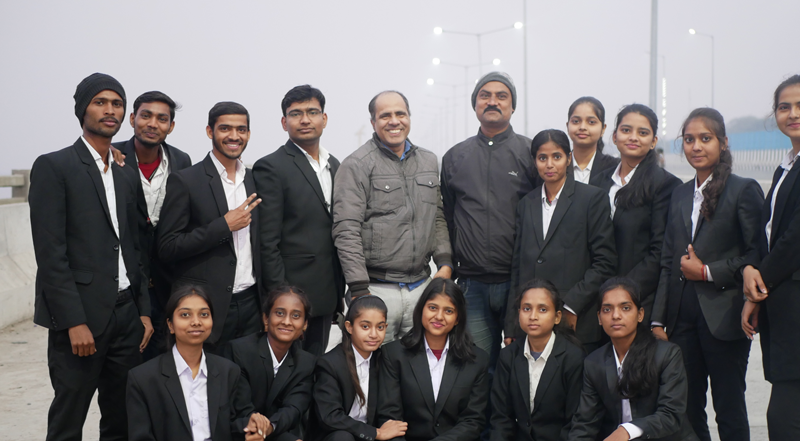
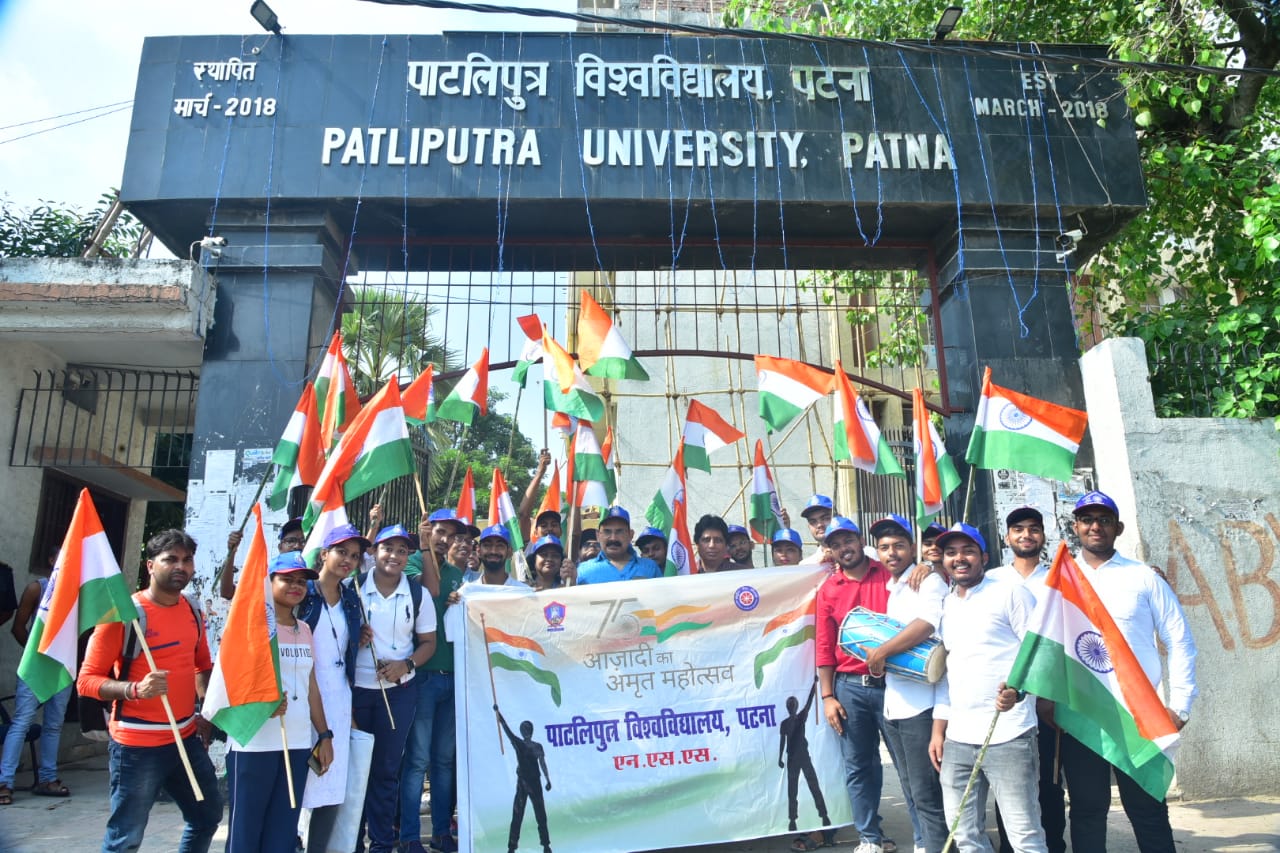
![Colleges Under Patliputra University Patliputra university [ppup], patna | PPT](https://cdn.slidesharecdn.com/ss_thumbnails/patliputrauniversity-ppuppatna-210920211254-thumbnail.jpg?width=640&height=640&fit=bounds)
